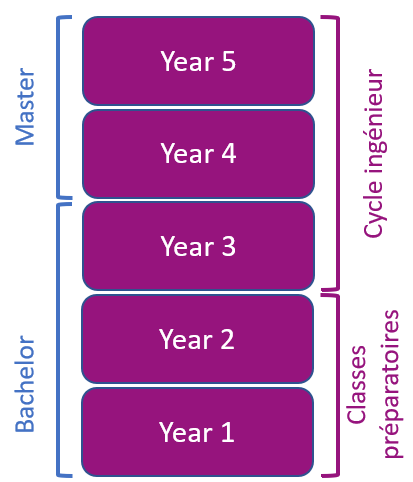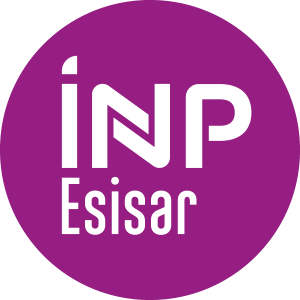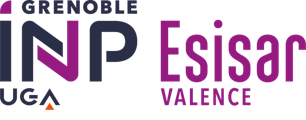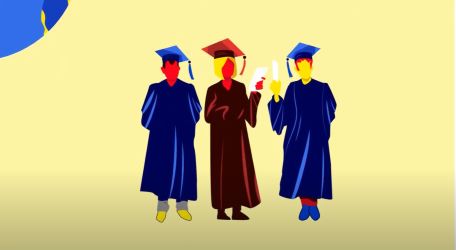Number of hours
- Lectures 30.0
- Projects -
- Tutorials -
- Internship -
- Laboratory works 6.0
ECTS
ECTS 0.0
Goal(s)
This course in an introduction to modelling, simulation and control of nonlinear systems. It will first provide the students with a mathematical modelling method to cope with complex nonlinear multi-domain (i.e. multiphysics or mechatronics) systems from macroscopic physics. The underlying structure of the derived models allows automated generation and simulation of the associated dynamical equations. It is therefore used by many non profit or commercial simulation softwares (AMEsim, 20-sim, Simscape for Simulink, Modelica/Dymola, …). Basic simulation and analysis principles behind these softwares will be explained. Once formal nonlinear models are obtained, nonlinear analysis and control design model-based tools may be used for the estimation and control of the considered plants. Among the fundamental concepts which are of great practical importance for this are Lyapunov stability and passivity analysis. They will be presented with details and then further applied in nonlinear feedback control design, either for regulation or tracking, using output feedback or dedicated observers. The students will acquire a more advanced knowledge and experience by developing small group projects and paper reviews. Papers and projects topics to be covered will reflect student interest.
Laurent LEFEVRE, Eduardo MENDES
Content(s)
- Non linear models
- Multiphysics (mechatronic) systems
- State space model generation
- Automated simulation and analysis
- Stability theory
- Lyapunov stability of equilibrium points
- Time-varying systems and trajectory tracking
- Input-output stability
- Passivity and stability
- Nonlinear control design
- Lyapunov direct approach
- Feedback linearization
- Backstepping
- Passivity-based control
- Nonlinear observers
- Sliding mode control
The course is intended for master students in applied science with a major in control. A basic knowledge in calculus (ordinary differential equations), physics (circuit theory and mechanics) and linear control theory (state space representation) are required.
report on exercices and project (35%)
lab classes (report, participation, preparations) (30%)
final written exam (with documents) (35%)
Remark: in case of confinment, the written exam will be replace by an online oral individual exam
The course exists in the following branches:
- Curriculum - EIS - Semester 9
- Curriculum - EIS (Apprenticeship) - Semester 9
Course ID : 5AMAC552
Course language(s): 
The course is attached to the following structures:
You can find this course among all other courses.
• System Dynamics: Modeling, Simulation and Control of Mechatronics Systems, D.C. Karnopp, D.L. Margolis and R.C. Rosenberg, Wiley, 2012 (5th edition)
• Port-Hamiltonian Systems Theory: An Introductory Overview, A. van der Schaft and D. Jeltsema, Foundations and Trends in Systems and Control, Vol. 1, N 2-3, pp. 173-378, 2014
• Geometric Numerical Integration. Structure-Preserving Algorithms for Ordinary Differential Equations, E. Hairer, C. Lubich and G. Wanner, Springer, 2006 (2nd edition)
• Nonlinear Control, H.K. Khalil, 2014, Pearson.
• Nonlinear control systems: analysis and design, H.J. Marquez, Wiley, 2003
• L2-Gain and Passivity Techniques in Nonlinear Control, A.J. van der Schaft, Springer, 2000
Related classes elsewhere
• MIT, Neville Hogan, Modeling and Simulation of Dynamic Systems
• UT Austin, Samantha Ramierez, Modeling of physical systems
• UBFC, Introduction to Control of Port Hamiltonian Systems
What is a grande école ?
French engineering curriculum





